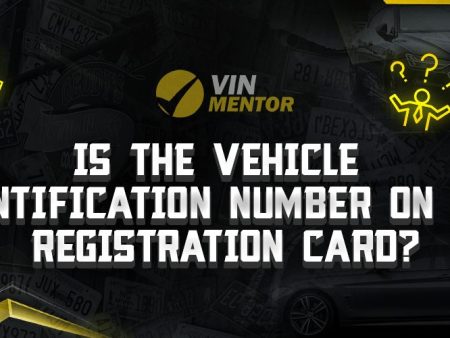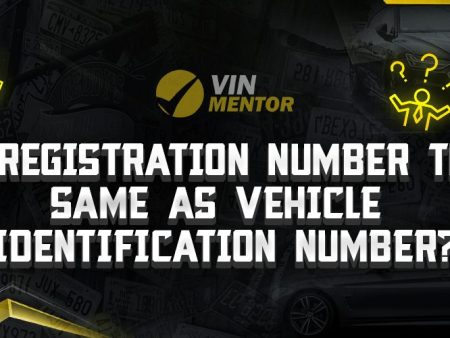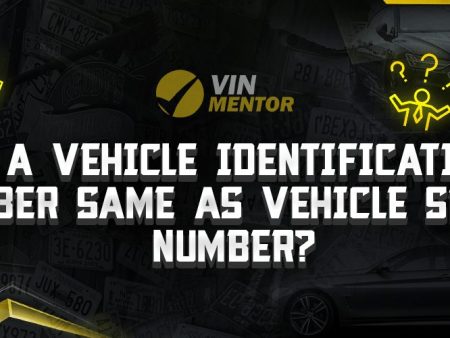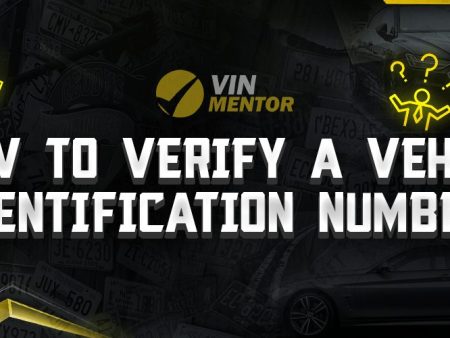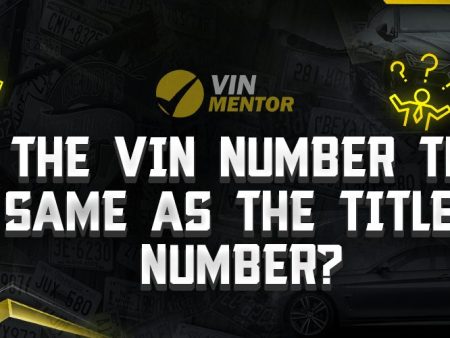Vermont VIN Check
Before buying a used vehicle in Vermont, make sure you check its identification number with our free VIN checker. Get public information about the vehicle's history and avoid any costly problems down the road.
Need More Information? Get Vehicle History Report
Bellow you can find the best companies in the world that specialize in vehicle history reports.
Use discount code: vinmentor
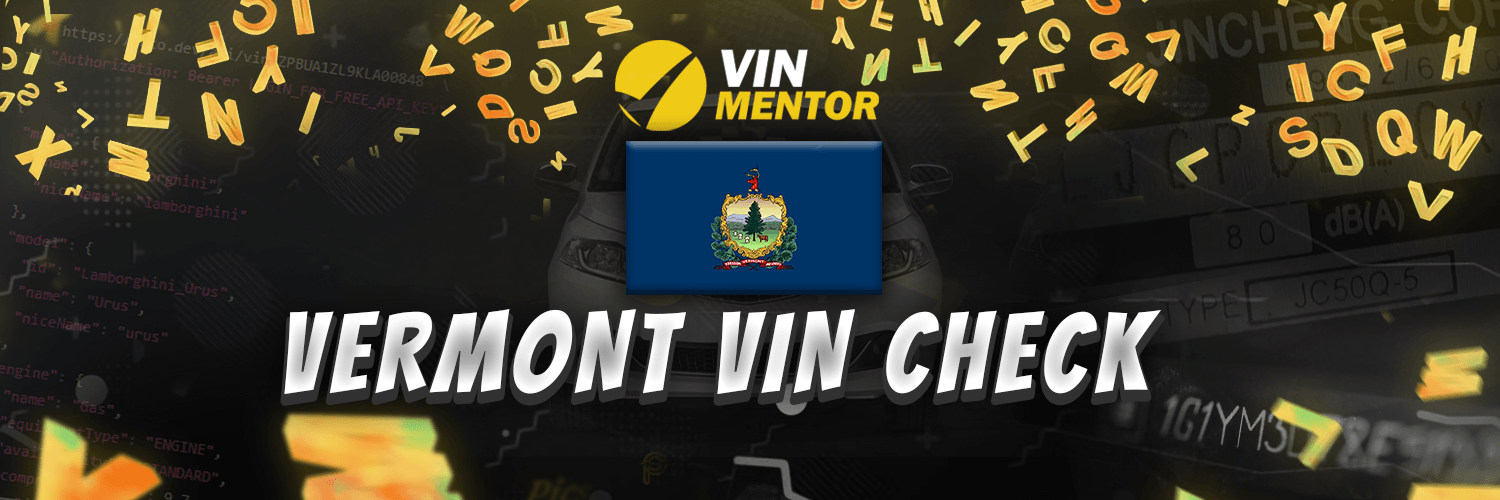
When looking up a used car, it is difficult to make an informed decision if you have no information on the background of the car. We offer a free VIN check on this page that allows you to check any vehicle in Vermont.
VIN Check in Vermont
Using our free VIN decoding tool, you can get valuable information hidden deep within the VIN of any car or truck out there. This can be very useful for people looking to sell or buy used cars, and even if you want to find out more about your own vehicle.
If you want to get even more details about the vehicle you are interested in, you need to buy a full history report from one of the reputable services. While there are many to choose from, all the best services provide you with data about a car's mileage, ownership, service records, insurance data and more.
Conclusion
With the information listed above and much more, it will be easier for prospective car owners to narrow down their choices! So get started using our free VIN decoder today. Follow it up with a vehicle history report to ensure you are making the right decision buying a solid car with a clean past.
This Vermont VIN checker was updated in 2025.
Our Guides
Works With
Frequently Asked Questions
✔️Are Vermontian VIN codes different?
No, Vermontian VIN codes are not different from other VIN codes used in the United States. The VIN (Vehicle Identification Number) is a standardized code that is assigned to all vehicles manufactured for sale in the United States after 1981. The VIN is a unique 17-character code that contains information about the vehicle's manufacturer, model, and year of production. Each character in the VIN represents specific information, and decoding the VIN can provide important information about the vehicle's history and specifications. The VIN format and structure are the same across all states and are regulated by the National Highway Traffic Safety Administration (NHTSA).
✔️How Do You Read a Vermontian VIN?
Reading a Vermontian VIN is the same as reading any other VIN assigned to a vehicle manufactured for sale in the United States after 1981. The VIN is a unique 17-character code that contains information about the vehicle's manufacturer, model, and year of production. Each character in the VIN represents specific information, and decoding the VIN can provide important information about the vehicle's history and specifications.
Here's how to read a Vermontian (or any US) VIN:
- Find the VIN on the vehicle. The VIN is typically located on the driver's side dashboard, visible through the windshield or side door jamb.
- Identify the first three characters. These characters represent the manufacturer and country of origin.
- Identify characters four through eight. These characters represent the vehicle's model, body, and engine.
- Identify character nine. This check digit is used to verify the validity of the VIN.
- Identify characters 10 through 17. These characters represent the vehicle's model year, plant of manufacture, and serial number.
Once you have identified each character in the VIN, you can use a VIN decoder to determine additional information about the vehicle, such as its trim level, production number, and vehicle history.
✔️How Many Digits Are in a Vermontian VIN?
A Vermontian VIN (Vehicle Identification Number) has the same number of digits as any other VIN assigned to a vehicle manufactured for sale in the United States after 1981. The VIN is a unique 17-character code that contains information about the vehicle's manufacturer, model, and year of production.
✔️How Do You Find the VIN on a Vermontian Car?
To find the VIN on a Vermontian (or any US) car, you can try the following:
- Look through the windshield. The VIN is often located on the driver's side dashboard, visible through the windshield. Look for a small metal plate or sticker that contains the VIN.
- Check the driver's side door jamb. The VIN may also be on a sticker on the driver's side door jamb.
- Look under the hood. Sometimes, the VIN may be on a sticker or plate under the hood, often on the front of the engine block.
- Check the vehicle registration or insurance documents. The VIN should be listed on the vehicle registration or insurance documents.
- Check the title. The VIN should also be listed on the vehicle title.
If you are still looking for the VIN, you may want to consult the owner's manual or contact the manufacturer for assistance. Verifying that the VIN is valid and matches the VIN listed on the vehicle registration and title before purchasing a used car is important.








